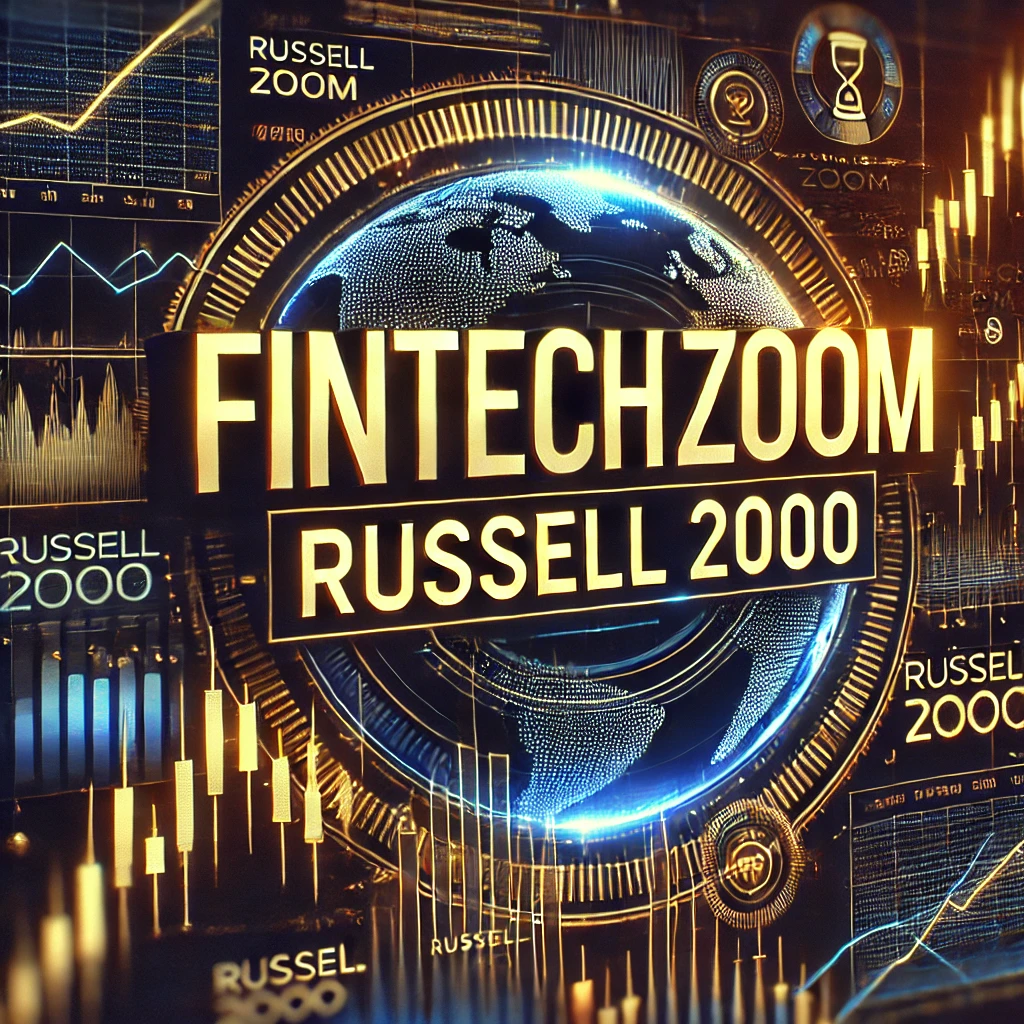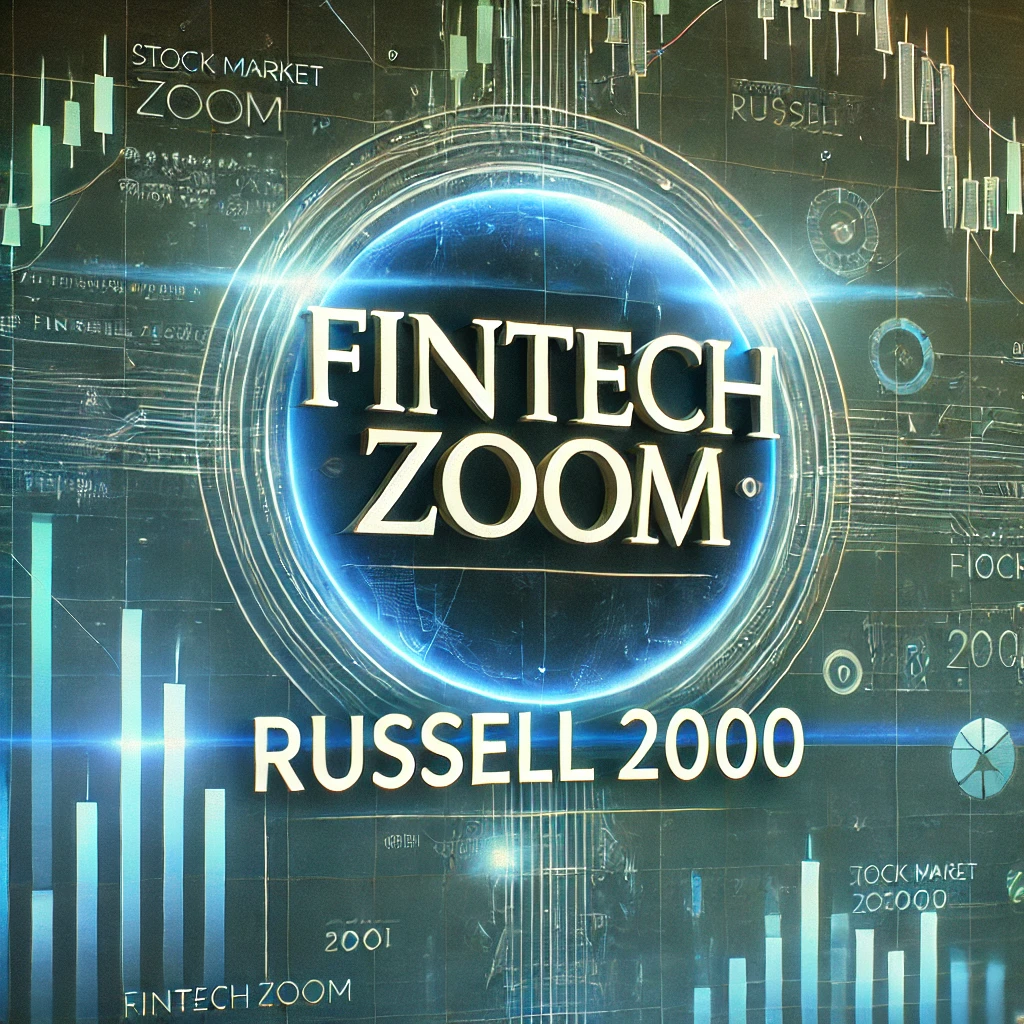fintechzoom.com russell 2000
The Russell 2000 Index is a vital component of the U.S. financial markets, serving as a benchmark for small-cap stocks and offering insights into the performance of smaller companies within the economy. This guide delves into the fintechzoom.com russell 2000, exploring its history, composition, significance, and investment strategies.Fintech Zoom+17Barron’s+17FinMark Data+17
What is the fintechzoom.com russell 2000 Index?
The Russell 2000 Index is a stock market index that measures the performance of approximately 2,000 small-cap companies in the United States. It is a subset of the broader Russell 3000 Index, which encompasses the 3,000 largest U.S. companies. By focusing on the smaller constituents, the Russell 2000 provides a clear view of the small-cap segment of the market. Investopedia+1Fintech Zoom+1
History and Evolution of the Russell 2000
Established in 1984 by the Frank Russell Company, the Russell 2000 was designed to represent the performance of small-cap stocks, a segment often overlooked by larger indices. Initially comprising 1,000 stocks, it expanded to 2,000 in 1998 to offer a more comprehensive market representation. Over the years, it has become a widely recognized benchmark for small-cap performance. Fintech Zoom+18Fintech Zoom+18Investopedia+18

Composition and Methodology
The Russell 2000 includes 2,000 small-cap companies selected from the Russell 3000 Index. These companies represent about 8% of the total market capitalization of the U.S. stock market.
The index is market-cap weighted, meaning companies with larger market capitalizations have a greater influence on the index’s performance. It is divided into 10 sectors and 30 industries, weighted according to their size. Wikipedia+3Investopedia+3MarketWatch+3Fintech Zoom
Importance of the Russell2000 in Financial Market
The Russell 2000 serves as a bellwether for the U.S. economy, particularly reflecting the health and performance of small-cap companies. Investors and analysts use it to gauge market trends, assess economic conditions, and benchmark the performance of small-cap mutual funds and ETFs.
Performance Trends and Historical Data
Historically, the Russell 2000 has experienced various performance trends. For instance, between 2006 and 2024, the index had a positive return during 14 of the 19 years, indicating a 74% success rate. Such data highlights the index’s potential for growth and its role in diversified investment strategies. Curvo+1MarketWatch+1
Investment Strategies Involving the fintechzoom.com russell 2000
Investors can engage with the Russell 2000 through various strategies:
- Index Funds and ETFs: Investing in funds that track the Russell 2000 allows for diversified exposure to small-cap stocks. ETFs like the iShares Russell 2000 ETF (IWM) replicate the index’s performance.Barron’s
- Active Management: Some investors prefer actively managed funds focusing on small-cap stocks, aiming to outperform the index by selecting high-potential companies.
- Sector Rotation: Given the diverse sectors within the Russell 2000, investors may rotate investments among sectors based on economic cycles and market conditions.
Comparing the Russell 2000 to Other Indices
While the Russell 2000 focuses on small-cap stocks, other indices like the S&P 500 represent large-cap companies. This distinction makes the Russell 2000 a complementary index, offering insights into a different segment of the market and providing diversification benefits when combined with large-cap investments.
FAQs About the fintechzoom.com russell 2000
Q: How is the Russell 2000 different from the S&P 500?
A: The Russell 2000 comprises 2,000 small-cap companies, focusing on the smaller segment of the market, whereas the S&P 500 includes 500 large-cap companies, representing the larger segment.
Q: Can individual investors invest directly in the Russell 2000?
A: While investors cannot invest directly in the index, they can invest in index funds or ETFs that track the Russell 2000’s performance.
Q: What factors influence the performance of the Russell 2000?
A: Factors include economic conditions, interest rates, market sentiment, and the financial health of the constituent companies.
Q: How often is the Russell 2000 reconstituted?
A: The index is reconstituted annually to ensure it accurately reflects the small-cap segment of the market.
Q: Is the Russell 2000 a good indicator of the overall U.S. economy?
A: While it specifically reflects the performance of small-cap companies, it can provide insights into broader economic trends, especially those affecting smaller businesses.
Conclusion
The Russell 2000 Index plays a crucial role in the financial markets by highlighting the performance of small-cap companies. Understanding its composition, significance, and the various ways to invest can empower investors to make informed decisions and diversify their portfolios effectively.






